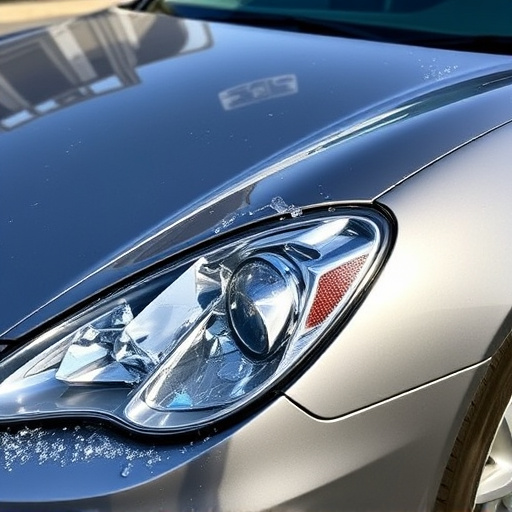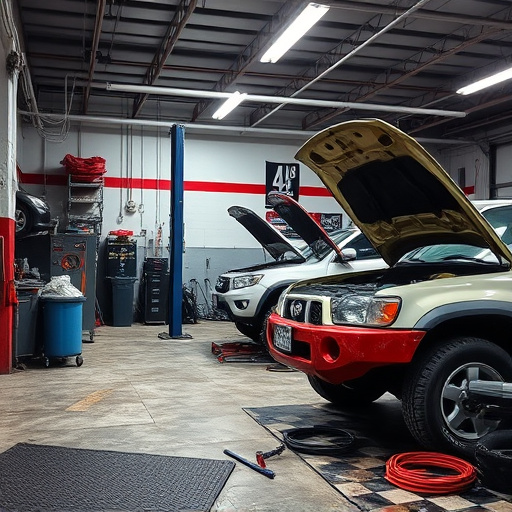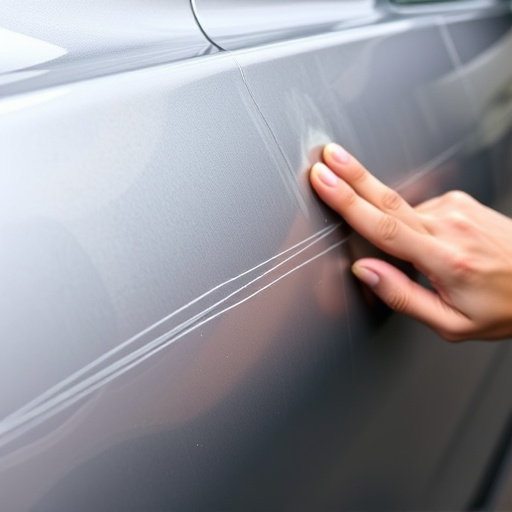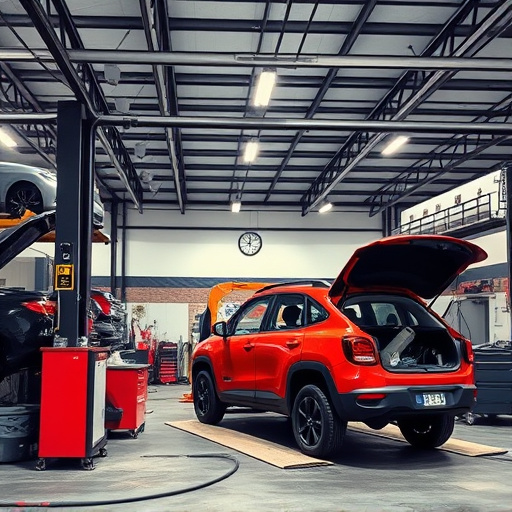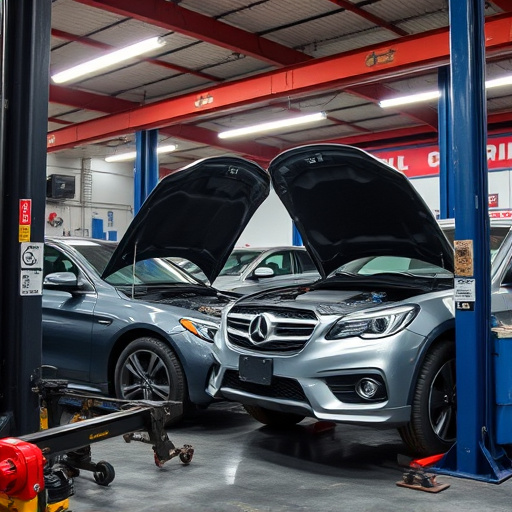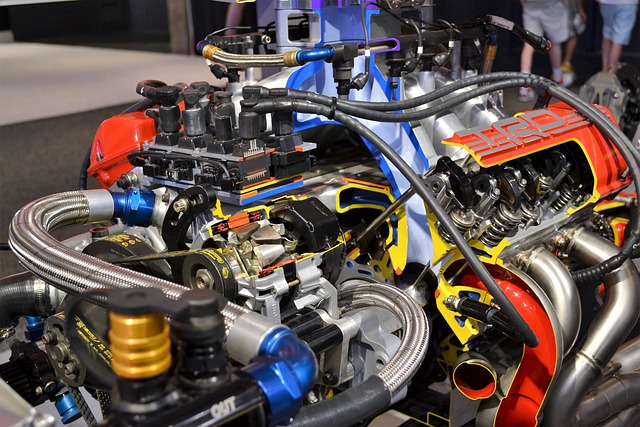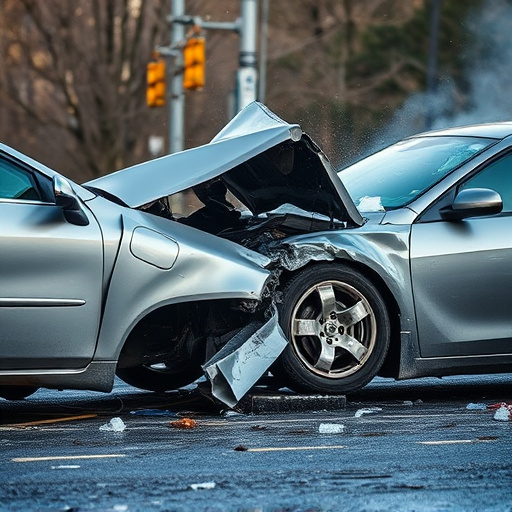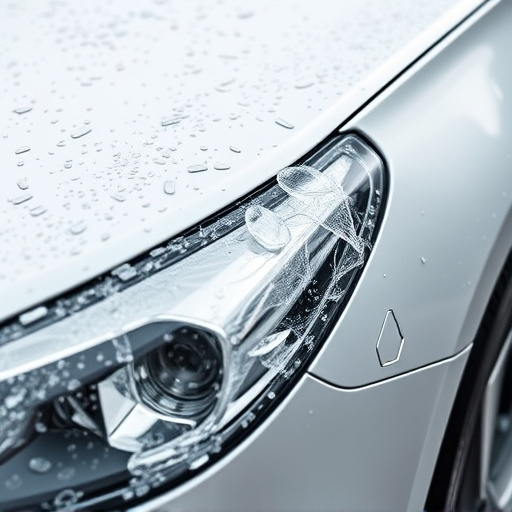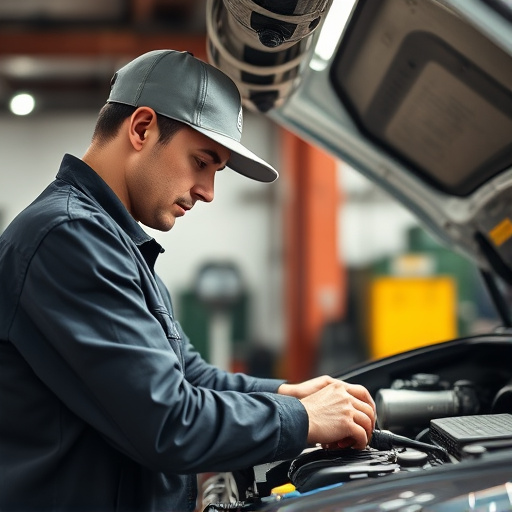A post-accident alternator inspection is vital for vehicle safety and repair guidance. Mechanics should check for damage, belt condition, internal noises, and corrosion to determine if a replacement or repairs are needed. Ignoring this can cause battery drain, electrical system failures, and further damage, emphasizing the importance of regular alternator testing after accidents for reliable vehicle operation and peace of mind.
After a car accident, thorough vehicle inspection is crucial. One component often overlooked is the alternator—a vital part that keeps your battery charged and powers essential systems. Understanding the alternator’s role in vehicles and conducting proper post-accident assessment can reveal potential issues. This article guides you through an alternator inspection checklist, highlights risks of ignoring testing after collisions, and emphasizes why such checks are essential for ensuring your safety and vehicle reliability.
- Understanding Alternator Function in Vehicles
- Post-Accident Assessment: Alternator Inspection Checklist
- Potential Risks of Ignoring Alternator Testing After Collisions
Understanding Alternator Function in Vehicles
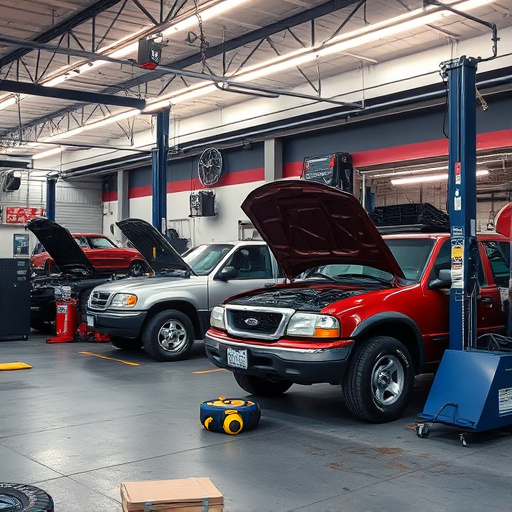
The alternator is a critical component in vehicles that plays a vital role in powering electrical systems. It acts as the main generator, charging the battery and providing electricity to various components such as lighting, audio systems, and most importantly, starting the engine. After an accident, conducting a thorough alternator inspection becomes essential for several reasons. Not only does it ensure the safety of future operations but also plays a significant role in determining the extent of vehicle repair services needed.
An alternator inspection after an accident involves checking for any visible damage, leaks, or loose connections. It’s crucial to assess whether the alternator is functioning optimally and if it requires replacement or repairs. In many cases, accidents can cause internal damage that might not be immediately apparent, making professional vehicle body repair services indispensable. Moreover, tire services might also be required if the impact has affected the alignment or caused wear and tear on tires, further complicating the overall alternator inspection process.
Post-Accident Assessment: Alternator Inspection Checklist
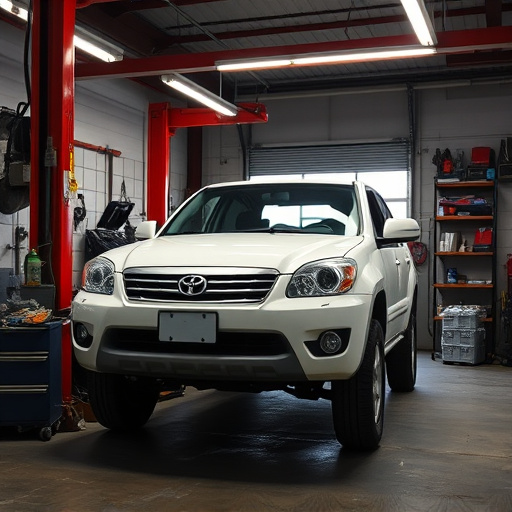
After an accident, a thorough post-accident assessment is crucial to ensure vehicle safety and functionality. One critical component often overlooked but essential for inspection is the alternator. This vital auto part plays a significant role in maintaining your vehicle’s battery charge and power distribution. An alternator inspection checklist should be a standard procedure for any auto repair near me service after an incident, as it can prevent potential issues from escalating.
During this check, mechanics should scrutinize the alternator for signs of physical damage, such as cracks or leaks, which may indicate a need for auto body repairs. They must also verify the belt’s condition and tension, ensuring it is secure and not worn out. Any abnormal noises or vibrations could suggest internal issues requiring immediate attention. Regular maintenance practices, like checking for corrosion or loose connections, can save you from future breakdowns, keeping your vehicle running smoothly after auto body repairs are completed.
Potential Risks of Ignoring Alternator Testing After Collisions
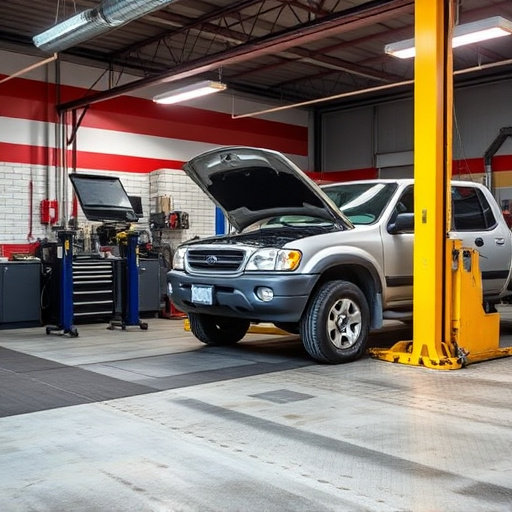
Ignoring alternator testing after a collision can lead to severe risks and complications for your vehicle’s electrical system. The alternator plays a vital role in maintaining the battery charge and powering various electrical components, especially during and after an accident. If not properly inspected, it might continue to function abnormally, posing potential hazards. For instance, a faulty alternator can cause the battery to drain quickly, leading to unexpected vehicle failures while driving, which is especially dangerous on highways or remote areas.
Moreover, in the case of a Mercedes Benz collision repair or any auto body repairs, ensuring the alternator’s integrity is crucial. A hidden defect could result in costly repairs and increased risk of further damage. Regular alternator inspection after an accident prevents these issues, ensuring your vehicle’s safety and reliability, and offering peace of mind for drivers.
Alternator testing is a critical step following any vehicle accident, as it helps identify potential issues that could impact safety and reliability. By performing a thorough alternator inspection, you can uncover hidden damage or malfunction that might go unnoticed otherwise. This proactive approach ensures the long-term performance and safety of your vehicle, minimizing risks associated with an underperforming alternator—a vital component for powering essential systems during and after a collision. Remember, a simple alternator test could save you from costly repairs and potential dangers down the road.


